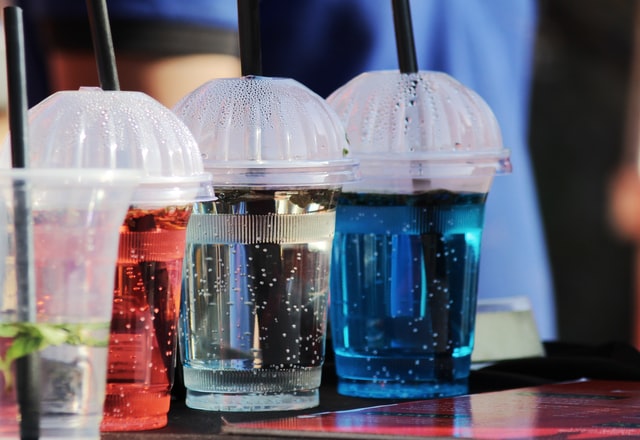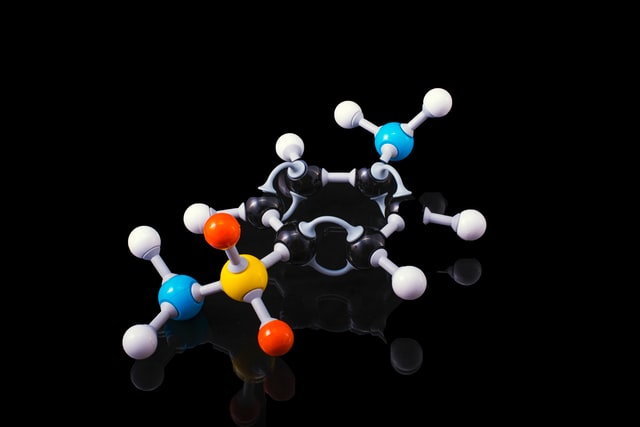
There are several chemicals used in the manufacture of plastics. That is, there are several chemicals that are primarily used. Silicone and chlorine have their place in creating a number of plastics, but other elements are more often the stars of the show. Understanding what goes on within a plastic fabrication center, at least chemically speaking, can help you to understand the process. That’s essential for picking a fabrication center that you can trust. You always want to choose fabricators who understand the chemistry of things. The experts at Polymershapes fit the bill, and we’re eager to expand your understanding of the chemicals that go into the plastics we fabricate. Read on to learn about carbon, hydrogen, and other elements.
Carbon
Out of all the chemicals used in the manufacture of plastics, carbon is the most common. It would be difficult, if not impossible, to fabricate most plastics without carbon. At the very least, it would be difficult to create plastics in quite the same way.
The majority of plastics utilize the carbon atom in some way. Generally, carbon has to connect to other elements to create different types of plastics. Some plastics require very few groups of atoms, which are also known as monomers. For instance, polyethylene, a popular plastic, is made up of a repeating unit of three atoms – one part carbon and two parts hydrogen. Other plastics may involve up to 38 atoms.
Hydrogen
Currently, scientists are exploring their ability to turn plastic waste into both carbon and hydrogen, which could change the way we recycle and give us another potential fuel. For the purposes of this piece, however, we want to talk about what hydrogen means for a plastic fabrication center.
Hydrogen itself is a clear, odorless gas. We know that when two hydrogen atoms bond to a single oxygen atom, we get water. We know about hydrogen peroxide and other materials and substances that use hydrogen. But what about plastics?
In many cases, hydrogen will bond with carbon atoms to form monomers. From there, the monomer will bond with other elements to create polymers, or plastics. Sometimes, all it takes is the introduction of more carbon, more hydrogen, and an oxygen molecule or two to turn into plastic. The important thing to remember is that it all starts out with a hydrocarbon chain.
Oxygen
Oxygen is one of the most surprising chemicals used in the manufacture of plastics. After all, oxygen is everywhere. More to the point, it packs a powerful punch. For example, with the right number of carbon and hydrocarbon chains, the introduction of two oxygen molecules can form either ethyl methacrylate or ethyl acrylate.
Nitrogen
You’ll find nitrogen in most plastic fabrication centers. It’s especially useful in plastics that will ultimately be molded into different shapes. Nitrogen is a dry, inert gas. Using it allows plastic products to retain their integrity during and after the fabrication process. With injection molding, nitrogen is helpful because it displaces oxygen within the mold. Oxygen can sometimes lead to discoloration, which is something you want to avoid with clear plastics, such as polycarbonate. Polycarbonate is known for its clarity, and oxidation could ruin that.
We hope that you’ve come away with more knowledge about the common chemicals used in the manufacture of plastics. If you have any other questions, give Polymershapes a call. We’re always happy to explain the chemistry of things.





